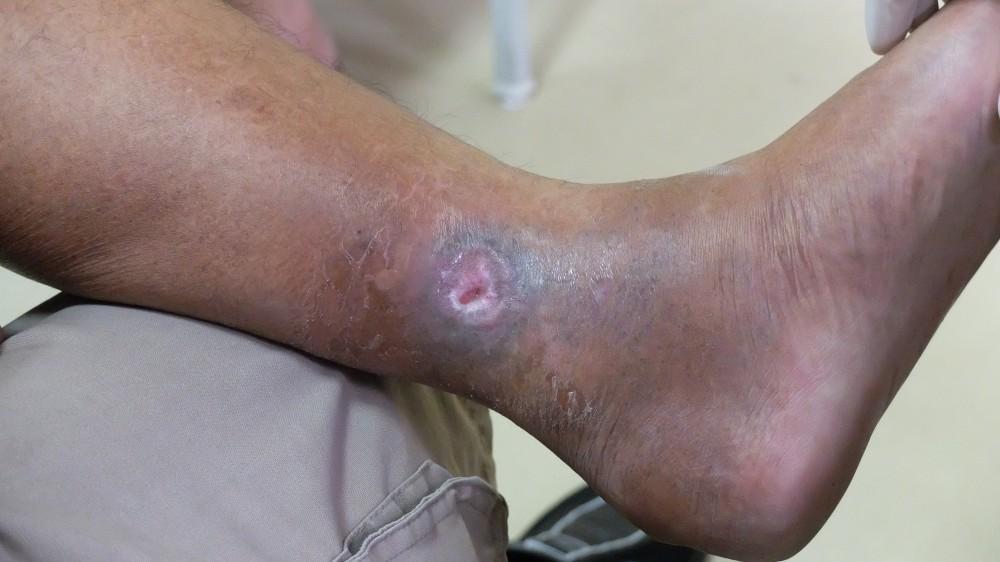
Do I Need Bunion Surgery?

Bunions on your feet can cause pain and discomfort, limiting your choice in footwear and aesthetically disfiguring your feet. Take control of your bunions this spring with the help of Dr. Steve Sharlin and his team of podiatry experts at The Foot Care Group.
We offer a full range of treatment options to address your bunions, including bunion surgery, treating patients from offices in Hinsdale, Libertyville, and the Streeterville community of Chicago, Illinois. After bunion surgery, you can get on with your life without the hassle, discomfort, and embarrassment of dealing with bunions.
Problems with bunions?
You’re most likely to develop bunions around the area at the base of your big toe. The bony growth of a bunion protrudes outward and deforms the shape of your foot. Bunions can damage and misalign the metatarsophalangeal (MTP) joint that forms the base of your big toe.
Preventive treatments may be able to keep bunions from becoming severe. Severe bunions can cause pain and pressure in your affected foot, make it difficult for you to find shoes that fit, and even limit your ability to walk with ease.
If you have bunions that have become too severe to treat with conservative methods, Dr. Sharlin may be able to resolve your condition through surgical treatment. Surgical treatment could be the best option for you if your symptoms include:
- Significant swelling, stiffness, or redness
- Persistent foot pain
- Calluses and corns
- A large, distorting lump located at the base of your big toe
- A reduced range of motion in the affected foot
Surgical treatment solutions
Before proceeding with surgical treatment, Dr. Sharlin thoroughly reviews your medical history and confirms your diagnosis with a physical exam and diagnostic imaging. During your surgical procedure, Dr. Sharlin uses block anesthesia to keep you comfortable. You won’t lose consciousness with block anesthesia.
In bunion surgery, Dr. Sharlin removes the portion of your foot bones that have become enlarged due to bunions. When the bunion is removed, Dr. Sharlin can realign your foot so it’s correctly positioned again. Each bunion surgery is a little different, as bunions can affect different areas of your foot. Dr. Sharlin may need to remove some amount of bone, tissue, or tendons and ligaments.
Dr. Sharlin closes your surgical incision with stitches. You’ll need help getting home after your procedure. Rest, and keep your foot elevated while you recover from surgery. Ice therapy and assistive devices like a cane or walker can be helpful in supporting your recovery.
Recovery typically takes 6-8 weeks. You may need 4-6 months after your bunion surgery procedure to fully resume all physical activities. After completely healing from bunion surgery procedure, many patients find that their foot appears and functions normally, with minimal discomfort.
To learn if you could be a good candidate for bunion surgery, get in touch with Dr. Sharlin and the team at The Foot Care Group this spring. You can book your appointment over the phone, or use the online tool to schedule now.
You Might Also Enjoy...


Can Hammertoes Be Corrected with Orthotics?

Can Cryotherapy Get Rid of My Plantar Warts?

I'm Embarrassed About My Toenail Fungus: What Can Help?

5 Bothersome Complications of Untreated Hammertoe

